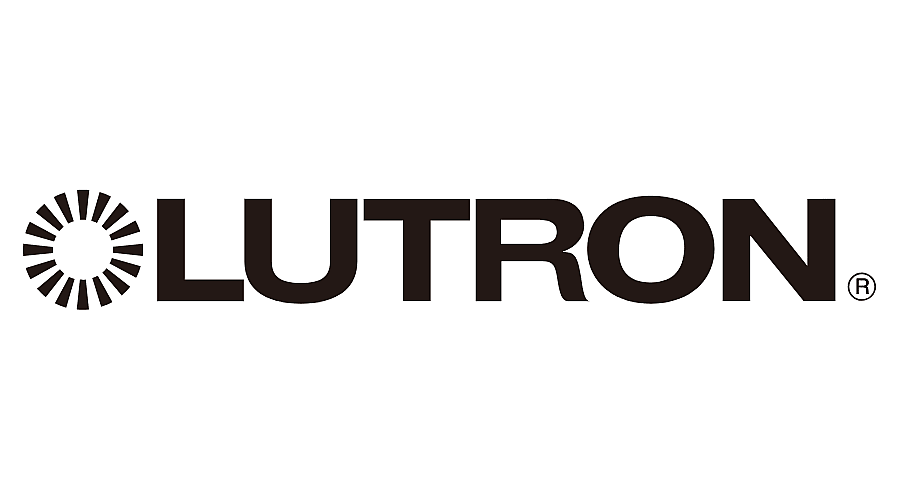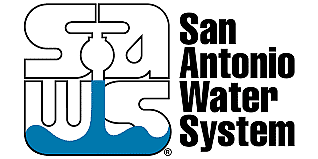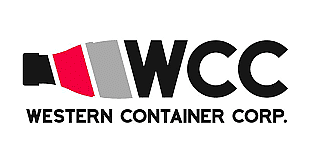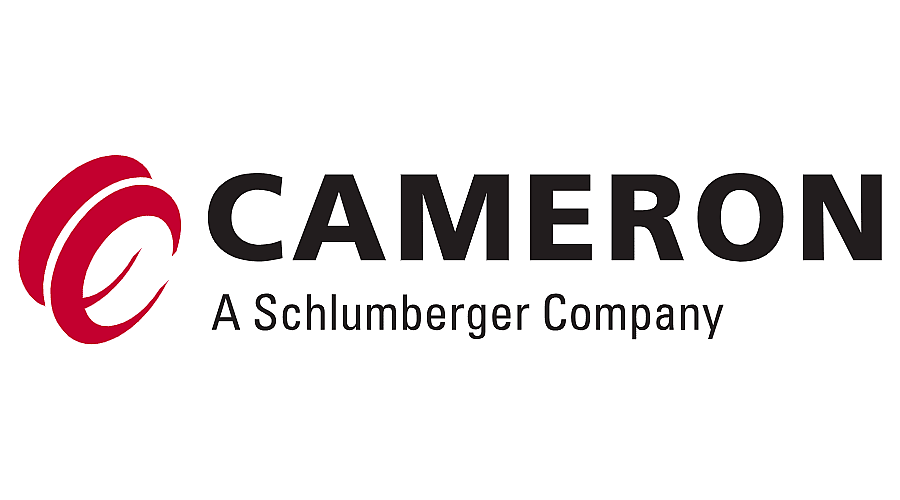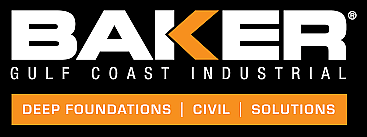What You Need to Know About Filiform Corrosion
An unprotected infrastructure is highly vulnerable to damage from corrosion. An accumulation of corrosion not only puts your company’s buildings at risk but also puts your employees and reputation at risk. Discover what you need to know about filiform corrosion with Dreiym Engineering. Here, you’ll gain a better understanding of what you can do to safeguard your assets.
What Is Filiform Corrosion?
Corrosion engineers consider filiform corrosion, also known as underfilm corrosion, as a type of localized corrosion. This is because it typically occurs at weak points on coated steel, aluminum, and magnesium surfaces. Filiform corrosion comes from surface corrosion on the underlying metal, which causes the protective coating to detach.
This type of corrosion spreads via filaments. These filaments have heads and tails, creating mobile electrochemical cells that maneuver from the cathodic site (the tail end).
Signs Your Building Is Experiencing Filiform Corrosion
What you need to know about filiform corrosion to stop it from progressing are its warning signs. To identify filiform corrosion, corrosion consultants will look at and under the metal’s coating. If filiform corrosion is active on your metal, it may show through in these ways:
- The metal coating is building or appears fuller than normal
- The metal coating is cracking
You must be extra mindful about the potential presence of filiform corrosion in humid areas. Humidity tends to become trapped under metal coatings, causing an exacerbation of corrosion.
How to Protect Your Infrastructure From Filiform Corrosion
With the help of reliable corrosion consulting services, you can assess your building’s susceptibility to filiform corrosion. Detecting various weak spots in the infrastructure’s materials is the first step to developing custom preventative safety measures.
Dreiym Engineering offers corrosion, electrical, and forensic engineering so that you can prioritize your company’s safety. With our thorough cathodic protection surveys, we ensure that your protective measures work to the best of their ability, keeping your infrastructure intact. Reach out to a member of our team of corrosion experts to schedule a consulting service today.

















